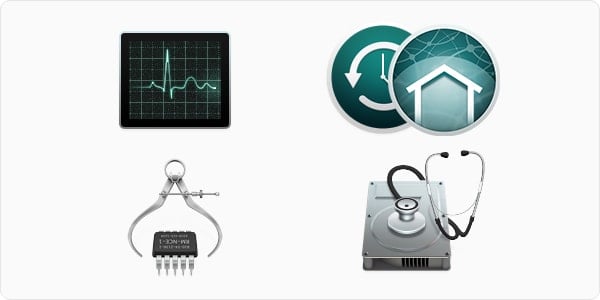It’s 2015, and the gaming scene has changed for the better. But most of the vivacity and momentum are focused on the PC, while the Mac lags behind. Gamers with a Mac gaming rig need not despair though because several methods are available for playing PC games on a Mac.
First, verify if the game you want to play doesn’t really have a Mac version. Go to the game’s developer website or to popular cross-platform digital stores and look for your game. Many high-profile games, as well as indie games like Minecraft, readily come with Mac versions. Buying a game made for Windows should entitle you to the Mac version of the game.
How To Use Less Cpu Running Games On Macbook
If the games you like are exclusively designed for the Windows platform, you can still play them on a Mac by using Boot Camp. It’s an OS X utility that allows Intel-based Mac computers to boot other operating systems, including Windows. With Boot Camp, you simply have to restart your Mac computer, boot into Windows and install and play your games there.
The older my MacBook Pro gets, the more its cooling fan spins, and the less pleasant it is to use. If your MacBook is also prone to running hot, there are seven ways you can keep it cool and quiet.
How To Use Less Cpu Running Games On Mac Os

But Boot Camp requires you to be in a Windows environment. What if you want to remain in OS X and still play? This is where Wine comes in. It’s an open-source software application that gives Mac OS X, Linux and other Unix-related platforms to run Windows applications. Some of the games are fully supported and run flawlessly while others may be buggy. You can check any compatibility issues for your games in the Wine Application Database.
If you want a better experience than what Wine offers, consider using virtual machines. They are software applications that let you run an operating system inside another. Popular choices for Mac include Parallels and VirtualBox. However, in most cases, virtual machines require much more system resources to run smoothly. That means you’ll need to spend more on hardware upgrades in addition to software licenses.